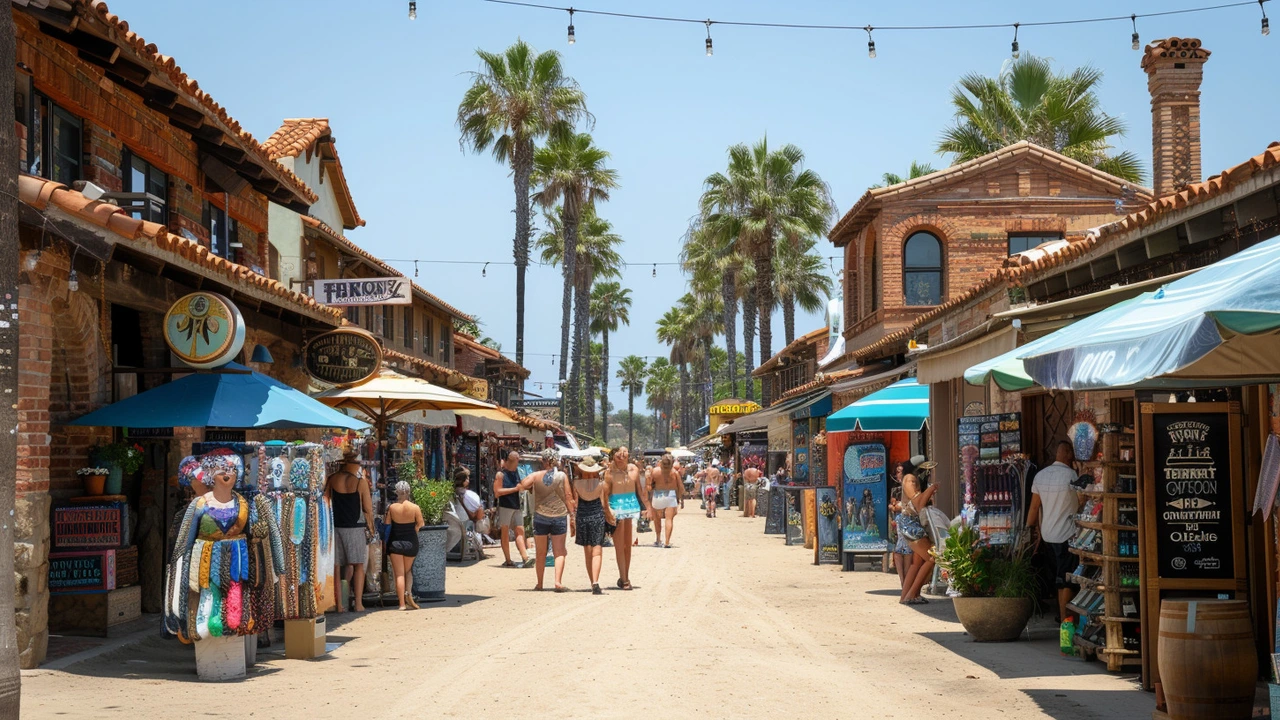Diverse Art: Find Your Next Style, Idea, or Project
Art isn’t one thing. It’s a mix of bold ideas, messy experiments, and clever rules broken on purpose. On this tag page you’ll find pieces that jump from photorealism to Fluxus, Bauhaus to Baroque, land art to Harlem Renaissance. Each article shows a clear view of a movement and gives practical ways to use it—whether you want to paint, decorate, or just understand what you’re looking at in a gallery.
Here you can read step-by-step tips on technique (like photorealism tricks), short histories (why Bauhaus reshaped homes), and real examples you can use today (avant-garde decor ideas or land art applied to parks). I picked posts that explain both the why and the how, so the writing helps you act, not just admire.
How to use these articles
Start by scanning titles for what grabs you: a movement name, a practical idea, or an artist list. If you want to make or copy a look, open Bauhaus, De Stijl, or Baroque pieces for clear visual rules. If you want to experiment, read Fluxus, Fluxus how-to posts and installation art write-ups. For background and context, check the Harlem Renaissance, Cubism, or Gothic pieces—those give the stories that make the art clearer.
Use tags and keywords inside each article to jump between related topics. For example, click from a photorealism technique post to a top artists list to see both method and makers. Bookmark the posts with design tips if you’re decorating, and save movement histories if you’re curating or teaching.
Practical next steps you can try today
1) Make a one-page mood board. Pick one movement from this page, grab five images from the related posts, and note two colors and one texture that repeat. That gives you a quick plan for a room or a short project.
2) Try a short experiment. Copy one small study from a movement: a 20-minute photorealism value study, a 30-minute Abstract Expressionist gesture piece, or a tiny Cubist collage. Treat it like practice, not a masterpiece.
3) Visit or view three works. Use the article list to find names and images, then go see them in a museum, a local gallery, or online. Seeing different scales and materials changes how you read the movement.
4) Collect with a tiny budget. Follow artist lists in our posts and look for prints, student works, or local versions of the style. You’ll learn fast and build a collection that shows what you love.
If you want a quick path, pick one article here, try one small exercise from it, and come back to compare notes. The point of diverse art is to mix ideas—borrow what works, ignore what doesn’t, and keep experimenting.

